Exp.CVE-2018-1029 Removal: Tutorial To Uninstall Exp.CVE-2018-1029 Manually
Exp.CVE-2018-1029 is responsible for causing these errors too! 0x8024400C WU_E_PT_SOAP_MUST_UNDERSTAND Same as SOAP_E_MUST_UNDERSTAND - SOAP client was unable to understand a header., Error 0x80240020, 0x8024200C WU_E_UH_FALLBACKTOSELFCONTAINED The update handler should download self-contained content rather than delta-compressed content for the update., 0x0000004F, 0x80240030 WU_E_INVALID_PROXY_SERVER The format of the proxy list was invalid., 0x8024D007 WU_E_SETUP_REGISTRATION_FAILED Windows Update Agent could not be updated because regsvr32.exe returned an error., 0x80244029 WU_E_PT_INVALID_CONFIG_PROP A configuration property value was wrong., 0x0000012C, 0x1000007E, 0x80248010 WU_E_DS_CANNOTREGISTER The data store is not allowed to be registered with COM in the current process., 0x80246006 WU_E_DM_WRONGBITSVERSION A download manager operation could not be completed because the version of Background Intelligent Transfer Service (BITS) is incompatible., 0x0000002D, Error 0x80D02002Erase Exp.CVE-2018-1029 Possible Steps For
A threat like Exp.CVE-2018-1029 damage the whole Windows System and make other install program unresponsive. This threat is very risky for the all Windows version including the newly released Windows 10 Windows System. The malicious mind behind the creation of this Exp.CVE-2018-1029 threat is used to hamper more and to steal useful resource from the infected Windows System. On every web browser there is option to save password, this is done for the user convenience. The hacker will attack on those web browser, mainly on the default one to collect those saved password. It can be off your social account, email, or even on banks.
Which is the reason you must Delete Exp.CVE-2018-1029 virus from your infected Windows System. Moreover this threat will compromise the security program of the infected Windows System, which allow other harmful threat to enter. As the Windows System is already infected with Exp.CVE-2018-1029, therefore the other threat will surely damage all the functionality of your Windows System. Which is why you must need to Delete it.
Step 1 : Delete Exp.CVE-2018-1029 From Web Browser
Step 2 : Reset Your Browser Settings To Delete Exp.CVE-2018-1029
Step 3 : Delete Exp.CVE-2018-1029 From Task Manager
Step 4 : Delete Exp.CVE-2018-1029 From Registry Editor
Step 5 : Delete Exp.CVE-2018-1029 Through Control Panel
Step 6 : Start Your PC in Safe Mode With Networking To Delete Exp.CVE-2018-1029
Step 1 : Delete Exp.CVE-2018-1029 From Web Browser
Delete From Google Chrome
- To open Menu click on 3 Horizontal icon top right corner of Chrome Browser.
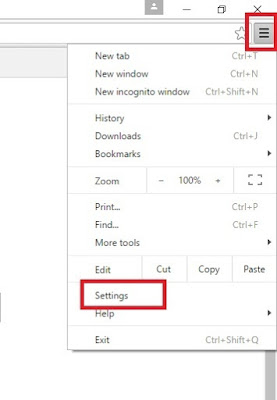
- A drop Down list will open >> select the Settings/ Extension option.
- If Settings panel get open >> then click on Extension Tab.

- If Extension Windows will be open select the malicious extension from the list.
- Then finally click Trash / Recycle icon to Delete Exp.CVE-2018-1029 from Google Chrome.
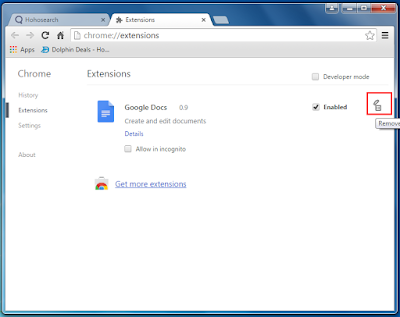
Delete From Internet Explorer
- Select the Tools button from Internet Explorer.
- On the Tools section select Manage add-ons.
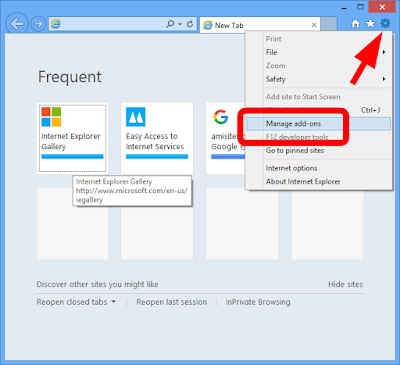
- From the Add-ons list, select the add-on you want to turn off/remove.
- The Select Disable option .
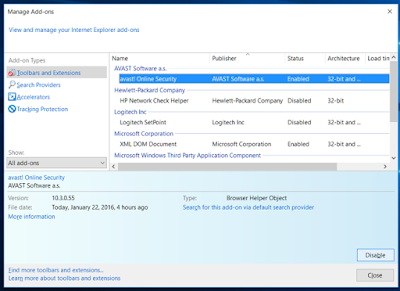
- Now Finally Restart The Internet Explorer to Delete Exp.CVE-2018-1029.
Delete From Mozilla Firefox
- Click Menu Button then choose Add-ons.
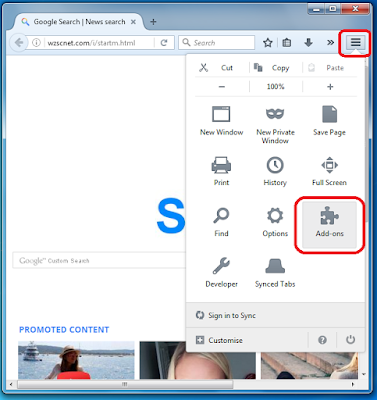
- Now the Add-ons Manager Tab will open.
- Here you need to select the Extensions or Appearance panel.
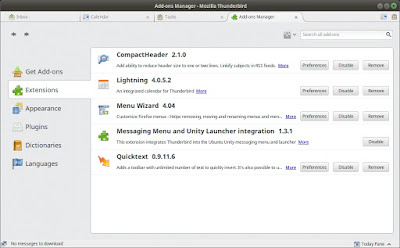
- Then simply select the add-on from list you wish to remove.
- Now click on the Delete button.

- Finally Restart the Mozilla Browser to Delete Exp.CVE-2018-1029.
Delete From Microsoft Edge
- Select More option to open the menu on Microsoft Edge.
- Then select Extensions from the Menu drop down list.
- On the Extension right-click on it to Delete.

- Now click the Remove button.
- Finally Restart the Microsoft Edge Browser to Delete Exp.CVE-2018-1029.
Reset Google Chrome
- Click on Menu from right corner of Chrome Browser.
- A drop list will appear, select Settings from here.

- When Settings panel will appear >> go to search box.
- On Search Box type RESET.
- Click the Reset button when confirmation Pop-up Windows will appear.

- This will Delete Exp.CVE-2018-1029 from Google Chrome Browser.
Reset Microsoft Edge
- Click the three horizontal dots to open the Settings menu.
- Then choose Settings option from here.

- Then under Settings section click on Clear Browsing Data.
- Here click on Choose what to clear >> then click Show more.
- Select all and click Clear.

- Restart your Microsoft Edge to Delete Exp.CVE-2018-1029.
Reset Internet Explorer
- Click on Tools menu and select Internet Option.
- Click on Advance tab and then hit the Reset button.

- Find Delete Personal Settings option and press Reset Button.
- Restart your Internet Explorer to Delete Exp.CVE-2018-1029.

Reset Mozilla Firefox
- On Mozilla Firefox click Menu option and then press Help option.
- Select Troubleshooting Information option.

- On this panel click on Refresh Firefox button.
- Press Refresh Firefox to complete the process.
<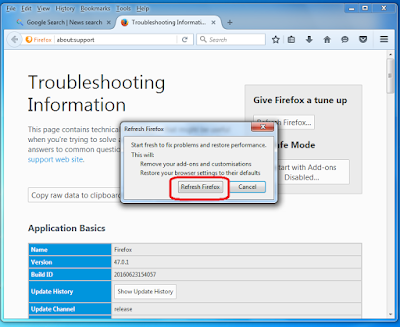

- This will Delete Exp.CVE-2018-1029 from Mozilla Firefox.
- Right-click on task Bar and select Task Manager.
- Press ALT+Ctrl+Del buttons to open Task Manager.

- When Task Manager will open select the Malicious Task.
- From here click on End Task button to Delete Exp.CVE-2018-1029.

- Press Win + R keys together to open Run Command.
- Type regedit and click OK or Hit Enter.

- Find and Delete all related registry files of Exp.CVE-2018-1029.
- HKEY_LOCAL_MACHINESYSTEMCurrentControlSetServicesWpm
- HKEY_CURRENT_USERSoftwareMicrosoftInternet ExplorerMain “Default_Page_URL”
- HKEY_LOCAL_Machine\Software\Classes\[name]
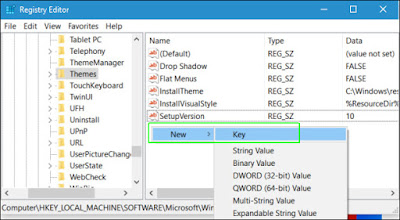
Delete Exp.CVE-2018-1029 From Windows XP
- Click on Start menu and select Control Panel.
- Now press on Add or Remove programs option.
- Find and Delete unwanted program from your PC.
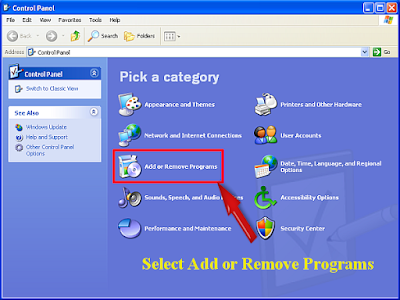
- Then Restart your PC to Delete Exp.CVE-2018-1029.
Delete Exp.CVE-2018-1029 From Windows 10
- Click on Start then select Settings option.
- From Settings section choose System option there.

- The click on Apps and Features option.
- Here select the unwanted program and remove from your PC.

- Restart your PC to Delete Exp.CVE-2018-1029.
Delete Exp.CVE-2018-1029 From Windows 8
- Press Win+R button to open Run Box on your computer.
- Type control panel in Run window and hit Enter button to open Control Panel.
- Click Uninstall a program.
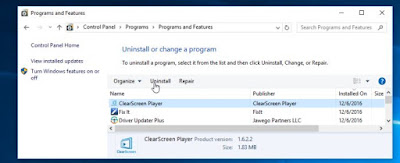
- From this Windows Right-click on Exp.CVE-2018-1029 to remove it.
- Restart your PC to Delete Exp.CVE-2018-1029.
Delete Exp.CVE-2018-1029 From Windows 7
- Select Control Panel Option from Start menu.
- Select Uninstall A Programs option from the Programs menu.
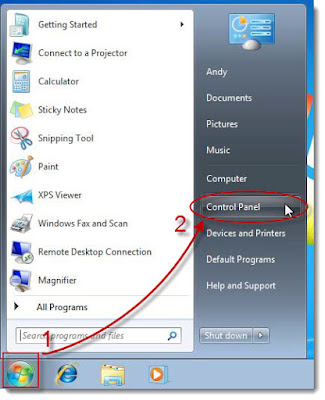
- Finally select and Delete unwanted program from your system.
- Then restart your PC to Delete Exp.CVE-2018-1029.
Start Windows XP/Vista/7 In Safe Mode To Delete Exp.CVE-2018-1029
- To Restart >> Click on Start menu >> select Restart button.
- Continue press F8 button until you don't see the Advance Boot Option.

- On Advance boot menu >> select Safe Mode With Networking Option.
- The press Enter button.

Start Windows 8/10 In Safe Mode To Delete Exp.CVE-2018-1029
- To Restart >> Click on Start menu >> press Shift key and the hit Restart button.
- Now as the screen show >> select Troubleshoot option.
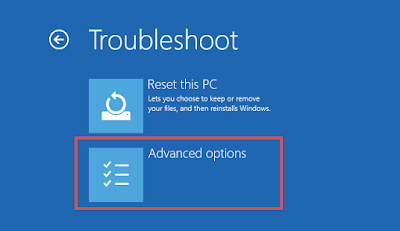
- On the next panel you need to click on Advanced Options.
- The again on new section choose Startup Settings option.

- From here select Enable Safe Mode option and the click Restart button.


No comments:
Post a Comment